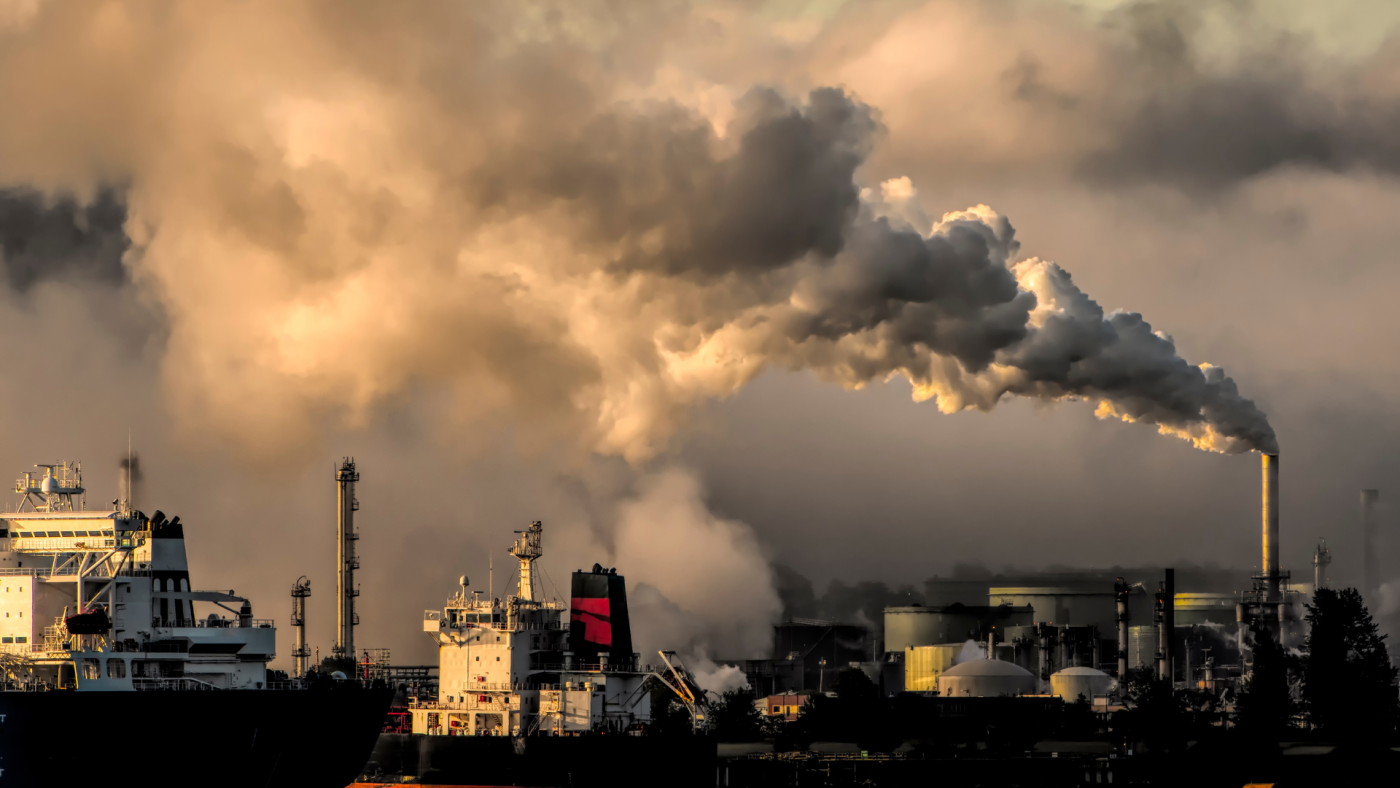GREENHOUSE GAS BULLETIN | World Meteorological Organization
The State of Greenhouse Gases in the Atmosphere Based on Global Observations through 2020
The latest analysis of observations from the WMO GAW in situ observational network shows that globally averaged surface mole fractions(1) for CO2, methane (CH4) and nitrous oxide (N2O) reached new highs in 2020, with CO2 at 413.2 ± 0.2 ppm(2), CH4 at 1889 ± 2 ppb(3) and N2O at 333.2 ± 0.1 ppb. These values constitute, respectively, 149%, 262% and 123% of pre-industrial (before 1750) levels. The increase in CO2 from 2019 to 2020 was slightly lower than that observed from 2018 to 2019, but higher than the average annual growth rate over the last decade. This is despite the approximately 5.6% drop in fossil fuel CO2 emissions in 2020 due to restrictions related to the coronavirus disease (COVID-19) pandemic. For CH4, the increase from 2019 to 2020 was higher than that observed from 2018 to 2019 and also higher than the average annual growth rate over the last decade. For N2O, the increase from 2019 to 2020 was higher than that observed from 2018 to 2019 and also higher than the average annual growth rate over the past 10 years. The National Oceanic and Atmospheric Administration (NOAA) Annual Greenhouse Gas Index (AGGI) [8] shows that from 1990 to 2020, radiative forcing by long- lived greenhouse gases (LLGHGs) increased by 47%, with CO2 accounting for about 80% of this increase.


